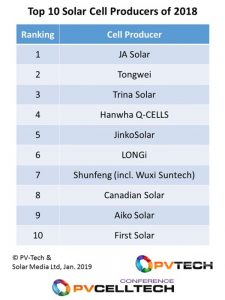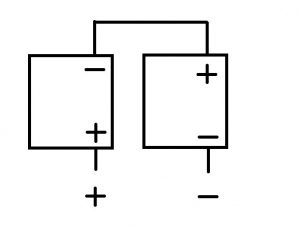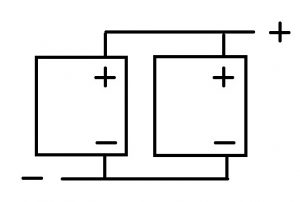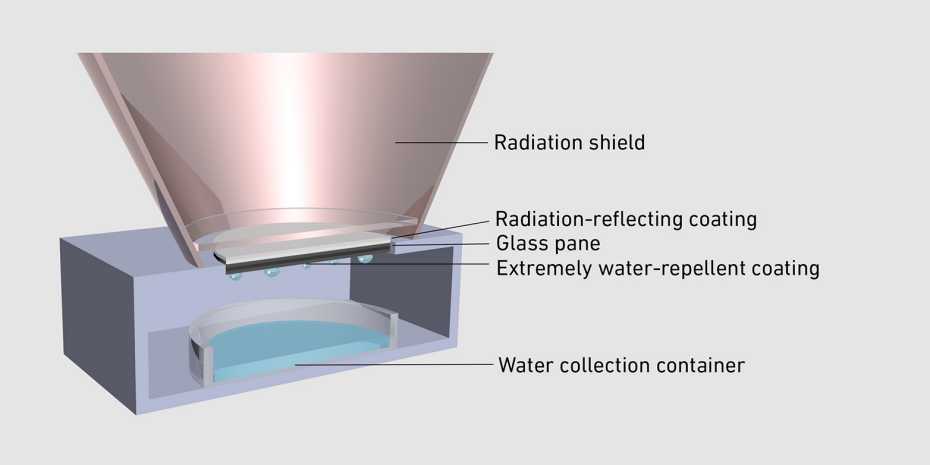 PV-Tech.org We have a group of four companies (JA Solar, Trina Solar, JinkoSolar and Canadian Solar) that can be considered as a globally recognized manufacturer of integrated cell / module modules, all of which produce multi GW (1000 MWp) cells plants in Southeast Asia, with the Domestic Chinese third-party providers for example, be supplied by Tongwei and Aiko.
PV-Tech.org We have a group of four companies (JA Solar, Trina Solar, JinkoSolar and Canadian Solar) that can be considered as a globally recognized manufacturer of integrated cell / module modules, all of which produce multi GW (1000 MWp) cells plants in Southeast Asia, with the Domestic Chinese third-party providers for example, be supplied by Tongwei and Aiko.
JA Solar and JinkoSolar have largely repositioned themselves as manufacturers of p-mono PERC cells, and Trina Solar is in the process of making the change. Canadian Solar is still a kind of multi provider.
LONGi Solar is also unique in our top 10 list in many ways, especially in terms of the entire value chain (ingot to module), but especially in terms of the size and positioning of its ingot-pulling business in China.
The only thin-film manufacturer in this ranking First Solar has impressively improved its efficiency in mass production in 2018.
PV CellTech 2019 to explain cell production in 2019/2020
Going into its fourth year, the forthcoming PV CellTech 2019 conference (Penang, Malaysia, 12-13 March 2019) will again be the go-to event of the year to hear from the CTO’s of the top-10 cell producers, many of the new n-type companies seeking to disrupt mainstream cell technology in the next 12-18 months, and all the leading equipment and materials suppliers that are key to cost-reduction and efficiency-gains.
PV CellTech has now become the PV Technology Roadmap of the industry, and for the exclusive attendees, offers market insights and networking that drives much of the leading company strategies going forward. The event was sold-out during 2018, so book a place early to ensure participation.

Wiring between solar panels (back of solar panels) When PV Modules are connected in series, the voltage adds up, but the power(A) capacity remains the same

When PV Modules are connected in series, the voltage adds up, but the power(A) capacity remains the same..
Modules connected in series
Interconnection of any number of Modules is usually done as a series connection. In this case, the negative terminal of one Module is connected to the positive terminal of the other Module, so that all Modules are supplied with the same current. The resulting total stress is then the sum of the partial stresses. The series connection of Modules is often referred to as a series connection.
System Current(Isc or Impp) of the Module:
System Volt of the Module System:
Number of Modules
| sp-x22-370-ds-en-ltr-mc4comp-527787_0: Electrical Data
Nominal Power (Pnom): 370 W |
STP30-60-DEN1834-V13web MPP voltage range 175 V to 800 V Min. input voltage / initial input voltage 150 V Max. input current input: 12 A |

The parallel connection of Modules makes it possible to individually increase the capacity(A) while maintaining the same voltage
Switch Modules or cells in parallel
In parallel connection of Modules, the positive pole is connected to the positive pole and the negative pole to the negative pole. The capacity (A) of the individual Modules then adds up while the total voltage corresponds to the voltage of the individual Modules. Basically, only Modules with the same voltage should be connected in parallel.
Ampere of the Module:
Volt of the Module:
Amount of Modules:

The parallel connection of batteries makes it possible to individually increase the capacity while maintaining the same voltage
Switch batteries or cells in parallel
In parallel connection of rechargeable batteries, the positive pole is connected to the positive pole and the negative pole to the negative pole. The charging capacity (Ah) of the individual batteries then adds up while the total voltage corresponds to the voltage of the individual batteries. Basically, only batteries with the same voltage and acid density should be connected in parallel with the same state of charge and the cable cross-sections and cable lengths should be exactly the same
Battery Ah per battery (0.8 for 800 mAh)
System Volt vom Batterie System:
Anzahl der Batterien

When the batteries are connected in series or in series, the voltage adds up, but the storage capacity remains the same..
Batteries connected in series
Interconnection of any number of solar batteries is usually done as a series connection. In this case, the negative terminal of one battery is connected to the positive terminal of the other battery, so that all batteries are supplied with the same current. The resulting total stress is then the sum of the partial stresses. The series connection of batteries is often referred to as a series connection
system Ah from the battery system (0.8 for 800 mAh)
System Volt vom Batterie System:
Number of batteries

